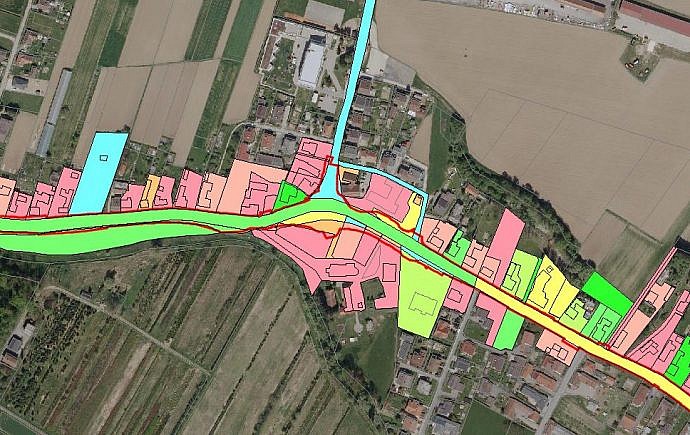Spatial data infrastructure is the basis for searching, quality assessment and spatial data usage. It enables the integration of spatial data from different sources and the possibility of sharing this data from multiple users and applications. Infrastructure enables the exchange of spatial data to both distributors and end users, while lowering the costs required to acquire and maintain spatial data and to connect them to other databases.
When to implement a spatial data infrastructure?
The spatial data infrastructure implementation is required when:
- it is necessary to combine spatial data from different sources
- the sharing of spatial data by multiple users or applications is required
Why implement a spatial data infrastructure?
Spatial data infrastructure needs to be implemented to achieve:
- centralization of data
- accessibility, security and data control
- greater transparency of operations
- making decisions easier
- faster response times in solving current problems
- less bureaucracy, and consequently lower costs
- facilitating the obtaining of various data supporting the client’s business process
- greater competitive advantage and greater user satisfaction



